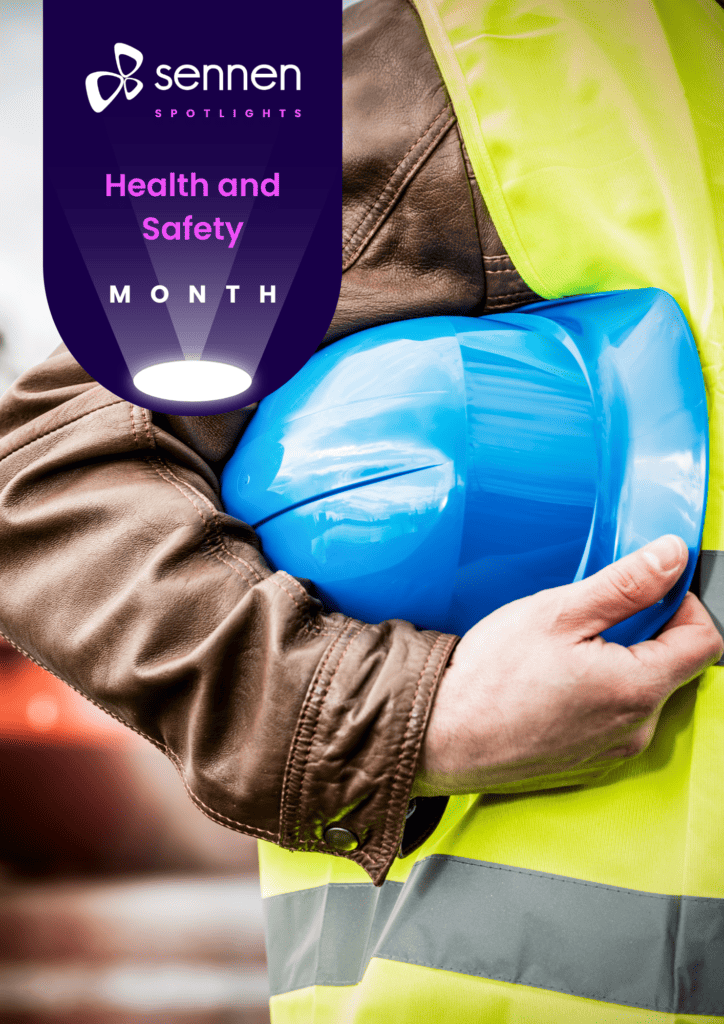
The World Day for Safety and Health at Work took place at the end of April, so May is the perfect month to explore Health and Safety as part of our Sennen Spotlights series.
Read on to discover more about how Sennen helps you work safer.
Author: Mike Young, Senior Consultant – Offshore Wind, Sennen
This week, we take a look at managing restrictions. They are an everyday part of an operator’s working day and they require painstaking administration. It could be a marine restriction – perhaps a zone that vessels aren’t allowed to enter; or it could be a safety matter – a lift that is overdue for inspection or an electrical fault maybe. Any issue or problem that affects work on site requires a restriction to be raised and workers must be alerted.
Failure to notify restrictions properly causes interruptions to daily activity, wasting time, resources and money. Worse still, missing a restriction can put workers in danger.
With Sennen, everything is automated. Data is pulled in from different sources so the operator knows that the information they are looking at is accurate, rather than relying on post-it notes or spreadsheets.
Actions that relate to restrictions are also easy to keep track of. For example, if there is an oil spill, the system creates a task to clean up the oil and the operator can track exactly when and who does this. Communication between the operator and technician can be recorded and tracked.
The system is also really useful for monitoring historical problems – for example, if the same issue occurs 10 times, there’s probably something wrong that needs looking at. The system allows the operator to spot these issues in granular detail and make important improvements.
By enabling restrictions to be automatically created, issued and resolved, operators benefit from an integrated work planning system that prevents disruption or cancellation of work.
An essential part of work planning is ensuring that the team you have on site has appropriate and up-to-date qualifications. Sennen uses live data pulled in from external sources where necessary to give operators peace of mind that contractors are authorised to do the task they are assigned to.
With Sennen, the operator assigns a task to a particular person and the system automatically checks that they can do the job. If the person does not have the correct qualification or an out-of-date certificate, the system won’t allow the work plan to be published. No errors are allowed.
Without this in place, it’s easy for a contractor to have a go at fixing something just because they are there and it needs doing, without realising they don’t have the authorisation. This is when H&S incidents can occur and Sennen ensures these errors don’t slip through the net.
The system connects with external databases so operators aren’t required to update records manually. For example, Sennen gathers data from the Global Wind Organisation (GWO) database, which is updated daily.
There is a plethora of documents that need to be completed when planning O&M activity offshore, such as Risk Assessments, Method Statements and Approved Working Procedures. They provide a health and safety framework within which a task must be completed. For example, they might outline what steps need to be taken to build a scaffold tower safely. Or perhaps a task needs to be done that requires the turbine to be put into a specific mode.
Sennen not only checks all the documentation but the operator can also add new requirements if the task demands it. For example, an operator may need all members of the team to have confined space training and they may also need a permit. The system allows you to configure exactly what you need and build a work plan around it.
It also enables operators to issue permits for specific types of work where personnel are only given access for a limited amount of time, perhaps if it’s a changing scenario where risks might increase.
With all these detailed checks in place, the operator has complete assurance that the necessary paperwork exists to carry out each task safely.
We all love a report! And it’s something we do really well at Sennen.
With so much data, operators can have a truly accurate picture of all health and safety incidents. They know exactly what happened and how to prevent it in the future. And the detail on each incident is granular – you can find out when the contractor started work, how many hours they were on site, and what the technician was told about the job. Everyone is tracked and investigations are easy to carry out.
It’s so much better than relying on anecdotal evidence based on what someone in the team says might have happened. The days of heading down to the vessel and checking the handwritten logbook are gone.
Operators can also set KPIs and track their performance which is a valuable tool for everyone in the chain, not just the control room. Understanding and sharing the statistics is becoming increasingly important and Sennen gives you the data you need in a few clicks.
